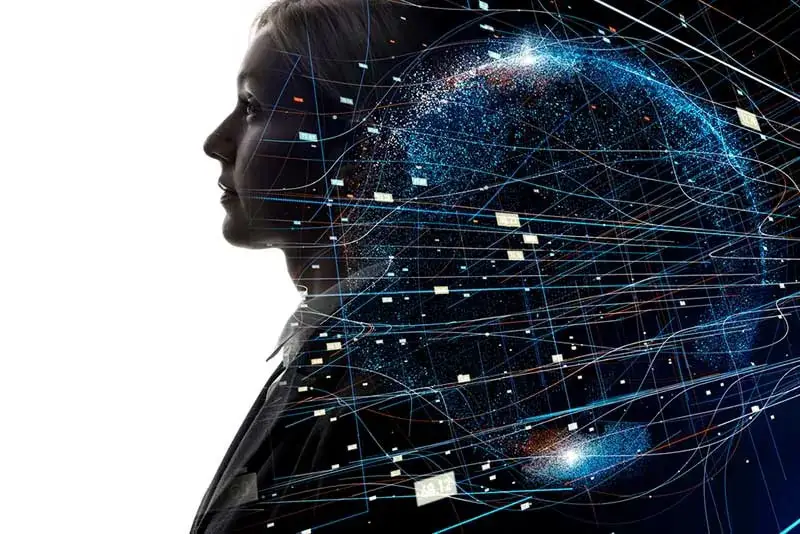
What Is Web Personalization In Digital Publishing & Where Does A.I. Fit?

Get helpful updates in your inbox
What Is Web Personalization In Digital Publishing & Where Does AI Fit?
When you hear ‘web personalization,’ what comes to mind? Sorry to my friends in the UK that would spell it, ‘personalisation’.
Web personalization, or using data and information to change the experience for a digital visitor, is a hot topic amongst brands and digital publishers alike. It is also becoming a topic that is increasingly difficult to separate this idea from technologies like artificial intelligence.
On a recent episode of Inside the Publisher Lab, Ezoic’s Head of Marketing, Tyler Bishop, discussed how putting a finger on what web personalization actually looks like is difficult.
Below, you can watch Tyler go through the different ideologies that are being discussed regarding website personalization. I’ve summarized some of the points and potential strategies below with some commentary around the challenges and questions each may face.
Watch to learn more about personalization:
What is web personalization and how does it work?
As it turns out, ‘personalization’ for digital publishers isn’t easy to define.
Changing a website for each individual visitor not only takes a lot of data, but it comes with a fundamental question too.
What do you change to make a website more personal?
In a recent end-of-year survey, we asked publishers what they would like to personalize on their sites if SEO or traffic would not be affected. Amongst the responses we received, there was no obvious popular opinion.
Answers to the question included:
- Page layouts
- Delivering long vs. short content
- Written content vs. audio vs. video
- Different monetization methods
- Virtual reality
- Different fonts and media
- and more…
Below, we asked the same question in regards to changing just their content. There, the answer varied just as much.

If publishers can’t even agree on what web personalization means, let alone the best way to implement it, how can we say that it is an emerging idea that all large brands and publishing businesses are exploring?
While the answers varied amongst the publishers’ responses, what’s consistent is that altering the way a site looks, whether that be the site’s layout, fonts, colors, or even something more dramatic — like the media used on the page itself — is a core part of how all publishers view web personalization in the future.
But, what about all that data?
A single person would need to visit a site hundreds of times for the publisher to learn anything valuable about their behavior.
Website personalization may be able to work effectively by leveraging machines to understand how certain visitors “look-a-like”. This means identifying visitors with similar attributes and understanding their behavior.
Then, with the right amount of data on different types of visitor segments, publishers actually could offer a successful degree of personalization for each.
What about privacy?
The look-a-like visitor scenario actually avoids major concerns about privacy. A publisher will simply need to know things like geo-location, device type, internet connection, and other attributes (literally hundreds of signals) to understand how to segment a visitor.
This avoids things like IP addresses and other personally identifiable info.
Testing leads to personalization
Altering a website to better suit an audience is nothing new. Publishers have obsessed over web layout and design since the dawn of the internet, changing and tweaking elements to try to provide users with the best experience while also relaying a certain message or style.
It is a long, iterative testing process.
Until now, the data necessary to accurately what one visitor might want vs. another has not been great.
Running that many tests manually is nearly impossible.
Only now, with the rise of machine learning, can we more accurately test visitor preferences based on tests that can be run and measured across thousands of other visitors.
So, it begs the question once again…
What should you change?
Are all website changes considered personalization?
… and at what point does personalization mean two people on the same website are actually consuming completely different content?
But, before we get there, what about all the other stuff. I’m talking about small changes.
What if you just changed the type or font?
How does web personalization impact branding?
Let’s consider the Cosmopolitan logo as an example. The ‘Franklin Gothic Extra Condensed’, pink, capitalized font is very distinct to the ‘Cosmo’ brand.


If a brand like Cosmopolitan used machine learning for personalization, would they allow the color, font type, or even location of the logo, headers, and content to could look different than Cosmo has branded itself?
Probably not.
Even just the font on the page is subject to their brand standards.
When does a publisher alter branding to deliver a more personal experience to a visitor?
Is the brand more important than a visitor’s engagement? After all, the brand itself may be why the visitor is there in the first place.
Tyler highlighted that this is a fundamental choice that publishers will have to make with web personalization. What lines will need to be drawn to ensure that the brand remains intact and free from personalization, no matter what?
The larger and more well-established websites and publishers will probably have a lot more restrictions than small-medium sized publishers.
What about changes to navigation?
Think beyond just the way a menu looks.
Slide out from the right, slide down from the top.
What if changing the navigation meant providing completely different tabs?
For one person they see two menu choices “Today’s News” and “Yesterday’s News”. For another, perhaps they see 10 different sub-sections of news.
Exponential change is happening…
Web design originated with trees and categories —menus and sub-menus, or ‘branches.’ Since the mobile device revolution, the tree has fallen out of popularity with developers and users alike.
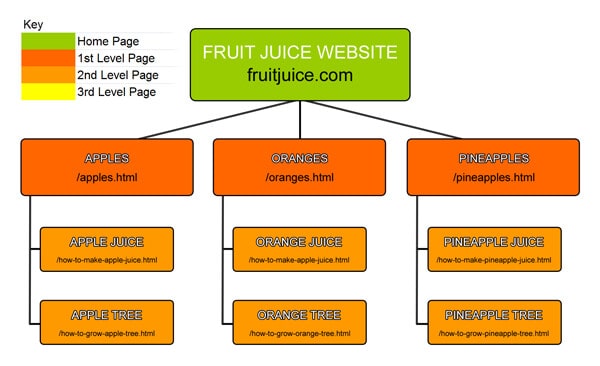
Last year, mobile devices overtook computers as the most popular way users absorb content.
Previously, web developers designed websites for computer screens and then used responsive web design to adapt the website for different sizes of screens. Most developers have since changed to mobile-first design and many publishers use responsive web design to adapt the website to different screens.
Now, web design is changing once more. Developers and publishers are considering ways to utilize responsive web design in real-time, per user.
This means more than changing the design on the navigation. It might mean fundamentally changing how content is available to different users.
This would potentially allow visitors a greater chance of going “deep” into a site. This means visiting more pages, potentially spending more time on the site, and maybe even increasing the chances of a visitor subscribing to a newsletter.
As described in an article on WNIP, websites using AI for responsive design have the ability to learn from visitor behavior and to make more informed decisions concerning content, layout, and menus.
The result is a website that is profoundly more engaging to the visitor.
Where will web personalization stop?
An easy example of over-personalization is Facebook. The platform has been under fire for the last few years for multiple reasons, one of which is the challenge of “fake news”.
At any given point in time, there isn’t just one version of Facebook running, there are probably 10,000. – Mark Zuckerberg
The spread of false news and information, especially during election season, was a result of algorithms creating an echo chamber of sorts. It rewarded clicks, popularity, and weighted results toward content that was like other content that someone consumed.
Outside of the algorithms, Facebook is always testing to create greater engagement.
All these personalizations can lead to people insulating themselves against certain behaviors and interactions they may ultimately want or need for a balanced perspective on news and information.
Facebook’s algorithms continually showed users whatever content was generating the most engagement, which generally is the most shocking content. However, a lot of that shocking content is so shocking because it is made up or manipulated. Coupled with personalization, users were fed fake content that also aligned with people’s recent searches, interests, and previously-viewed posts.

This same risk exists with website personalization.
For example, though I may enjoy watching videos for entertainment, I generally like reading content if I’m informing myself. Based on my propensity to watch videos, however, I may start to be fed videos on every website I go to rather than written content.
I also may also end up only being served content relative to what I previously read, even though what I need or want is entirely different.
Additionally, you have to consider the effect that medium has on users and how well that content is consumed.
All these pieces of content pictured below feature similar information, but they are all delivered in a different medium. Is it technically the same content?
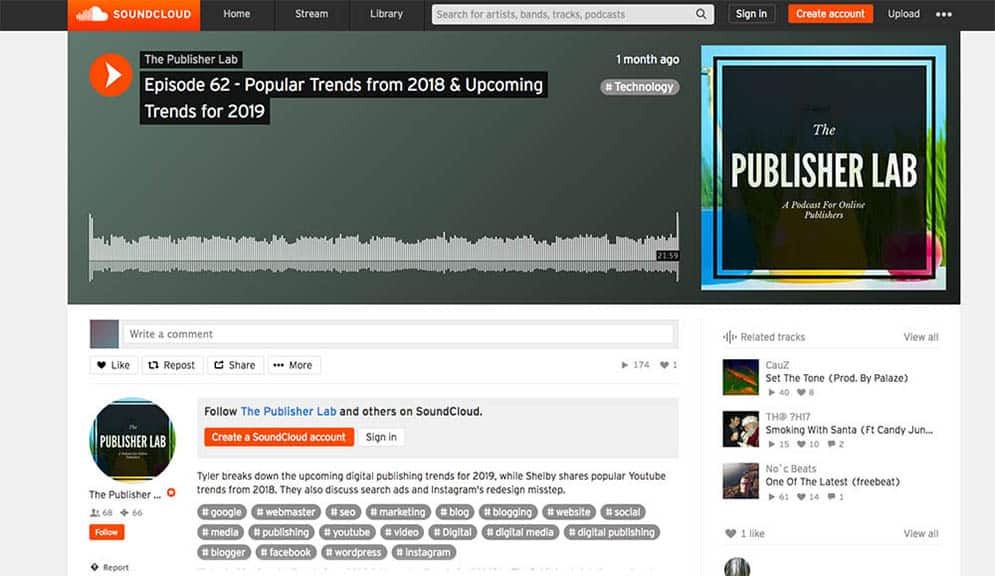
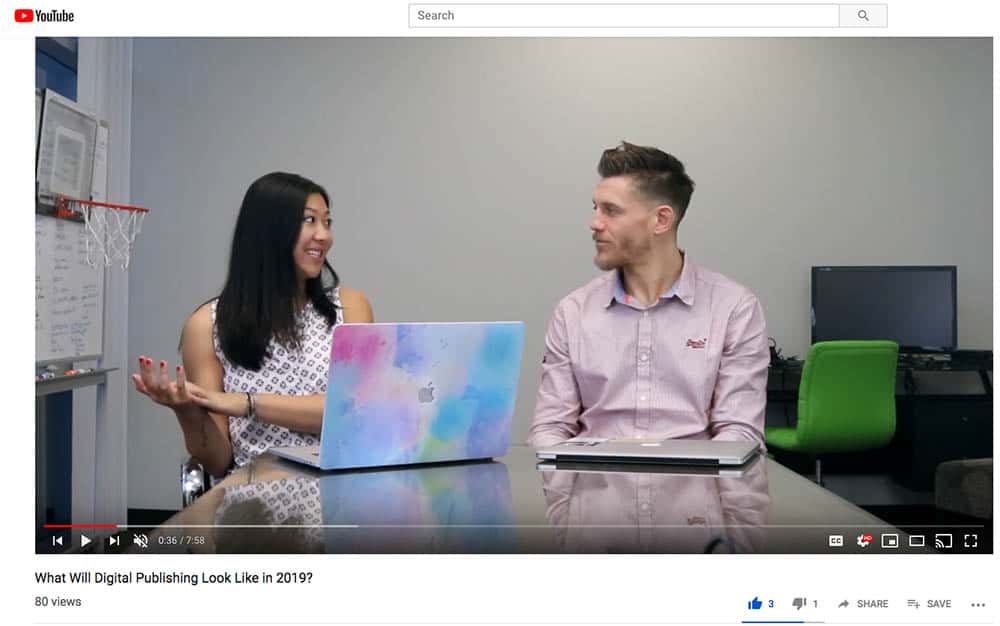
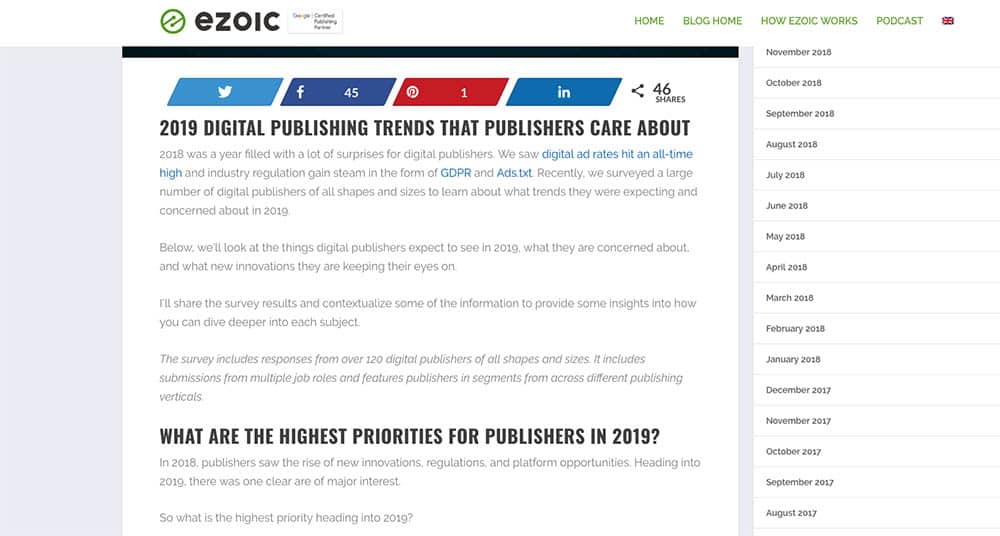
Is someone really receiving the same information through a video as they are text?
Videos are a great way to easily grab attention and relay visuals in an entertaining or engaging way. Additionally, videos can feel more personable than other mediums.
The problem with only seeing video content is the imbalance between the depth of the content and people’s attention spans. To get the same depth of content in a video as you do with text, the video would need to be pretty lengthy.
Are all these forms of content the same?
At the end of the day, most publishers will likely draw a line in the sand regarding the degree to which they are willing to change their sites to fit different visitors.
Some may only be willing to change things like ad or sidebar locations while others may be willing to deliver totally different navigation and branding.
Each publisher will likely build-out their own set of parameters and conduct tests and experiments within those rules.
Where do we go from here?
There is data proving that publishers who use AI for personalization, specifically real-time responsive design, see double or triple the user engagement. In our recent report, we saw this with both revenue and engagement.
Whereas before, publishers were utilizing data to determine the ‘least worse option’ for web design (also called the ‘losers’ dilemma’), publishers now have the opportunity to deliver content and a layout that best fits users based on collected data from behavior trends.
The question is… how far do publishers go to “personalize” an experience?
The answer will be slightly different for every publisher, but there are some general parameters that will likely prevent most publishers from dramatically delivering two visitors something completely different.
The digital ecosystem is already shifting towards using more AI-based tools — marketers have already started to use it in advertising to create a better buyer journey in their targeting.
Ezoic uses A.I. to serve the best ad combinations and layouts for each individual user, and almost all publishers see a major upward trend in EPMV and ad revenue. As these technologies progress, AI for personalization is likely to become more of the norm rather than the exception.
Questions or comments about personalization and artificial intelligence? Leave a comment below!

Tyler is an award-winning digital marketer, founder of Pubtelligence, CMO of Ezoic, SEO speaker, successful start-up founder, and well-known publishing industry personality.
Featured Content
Checkout this popular and trending content

Ranking In Universal Search Results: Video Is The Secret
See how Flickify can become the ultimate SEO hack for sites missing out on rankings because of a lack of video.
Announcement

Ezoic Edge: The Fastest Way To Load Pages. Period.
Ezoic announces an industry-first edge content delivery network for websites and creators; bringing the fastest pages on the web to Ezoic publishers.
Launch

Ezoic Unveils New Enterprise Program: Empowering Creators to Scale and Succeed
Ezoic recently announced a higher level designed for publishers that have reached that ultimate stage of growth. See what it means for Ezoic users.
Announcement




